Springtails: These millimeter-sized creatures form the basis of the food chains of most ecosystems. They are even more primitive than insects. Who are they? (8 photos)
Developed organs, mind, technical progress. This is what we had to do to achieve even a fraction of the power of springtails! They are small, primitive and defenseless. But most of the planet's ecosystems depend on these babies. 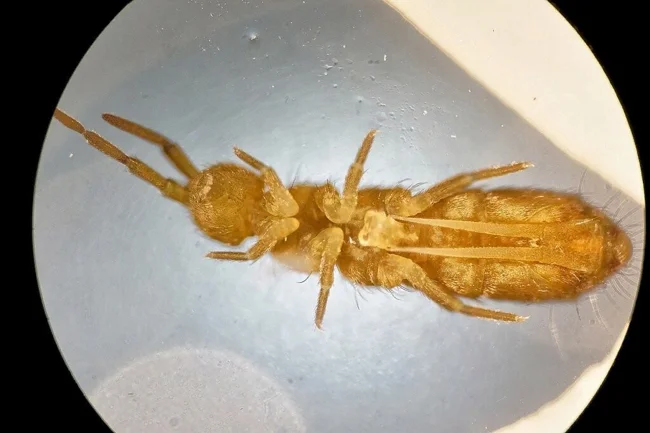
The only protective device of arthropods is this two-pronged fork. Sharply straightening it, they throw their body forward and escape from their pursuers.
Springtails, also known as springtails, appeared 400 million years ago. In this hoary antiquity, insects did not yet exist, so they contaminated their own class of arthropods. Now it contains 8,000 species of small, from 0.1 to 5 millimeters, but ubiquitous creatures. 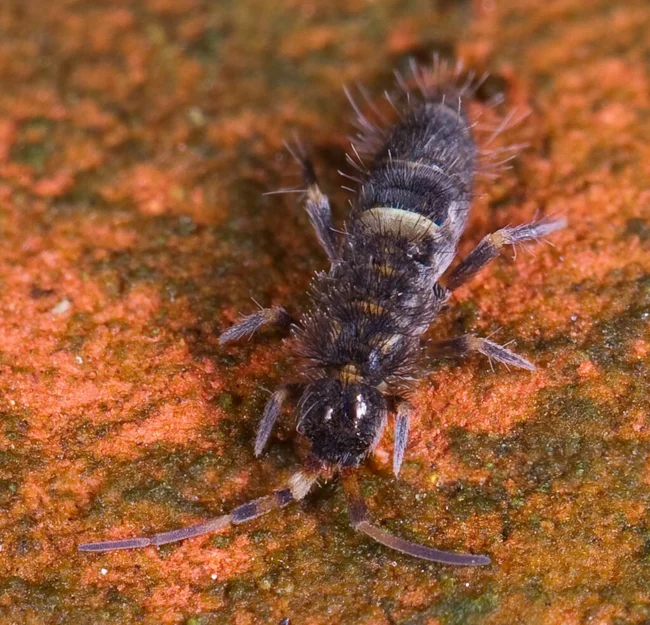
Previously, springtails were classified as insects. The external resemblance is to blame for this.
Springtails live everywhere. They hide on tree trunks and in deep caves, in snow and grass stems, and crawl along the surface of lakes. Most of them are in the litter. Up to 100,000 arthropods live in 1 square meter of soil! 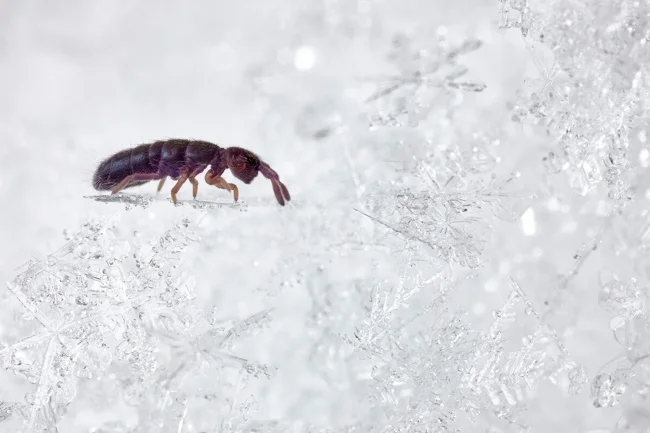
Meet the snow flea. She is active from November to April and processes organic matter hidden under the snow.
There are specific reasons for the evolutionary success of microbeans. Their miniature bodies require little food and energy. Moreover, most of them are detritivores - specialists in devouring rotting organic matter. For such inconspicuous creatures, even a rotten leaf is a buffet to the horizon! At the same time, due to their quantity, springtails cope with the processing of organic matter no worse than earthworms, and in some cases surpass them. 
Springtails also have other sources of food. They parasitize ants, eat roots and soft parts of plants, and prey on even smaller inhabitants of the soil. Moreover, they themselves are the basis of the diet for larger creatures, such as insects and predatory worms. That is why springtails are an essential part of almost any biosphere. They cultivate the soil, processing rot, and stand at the very base of the food chain. 
With their small size and microscopic nervous system, springtails exhibit a surprisingly varied range of behavior. They scour in search of the most delicious pieces, fighting with each other for the most delicious of them. They even have elaborate mating rituals! 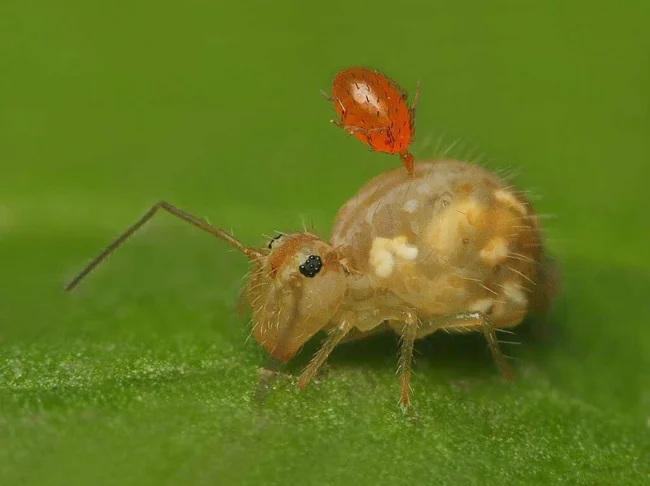
A male ready for reproduction looks for a female and begins to seduce her. He strokes her with his paws and touches different parts of her body with his antennae. Some species give ladies rides on their backs! 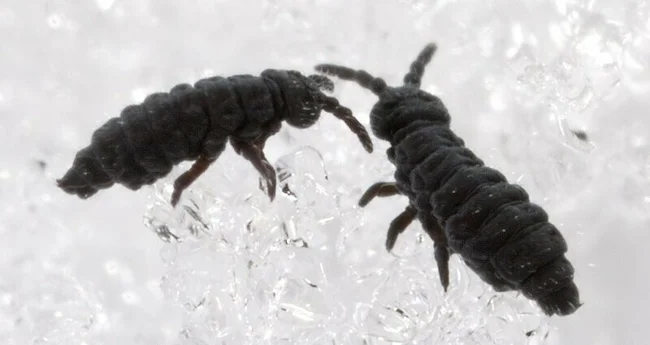
If the female is ready for fertilization, she will surrender within 3-5 minutes. The male will give her a spermatophore (a sac with genetic material) and gallop off about his male business. But this does not happen for everyone. Some species prefer to gather in huge heaps and go on an unbridled revelry. 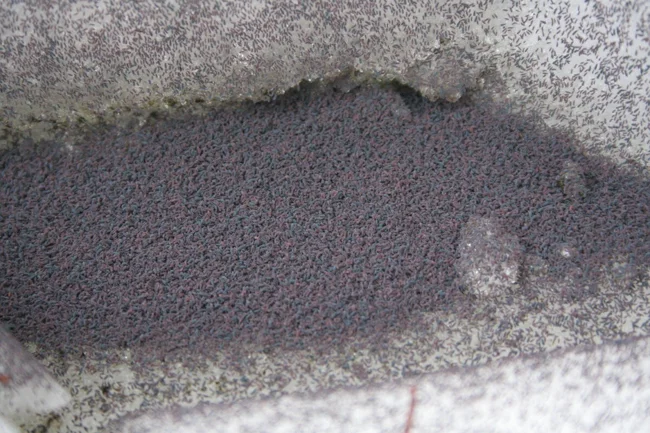
Previously, it was believed that the world rests on 3 pillars, but the reality turned out to be much simpler. The world stands on the backs of small creatures crawling in the dirt that don’t even have a backbone!
